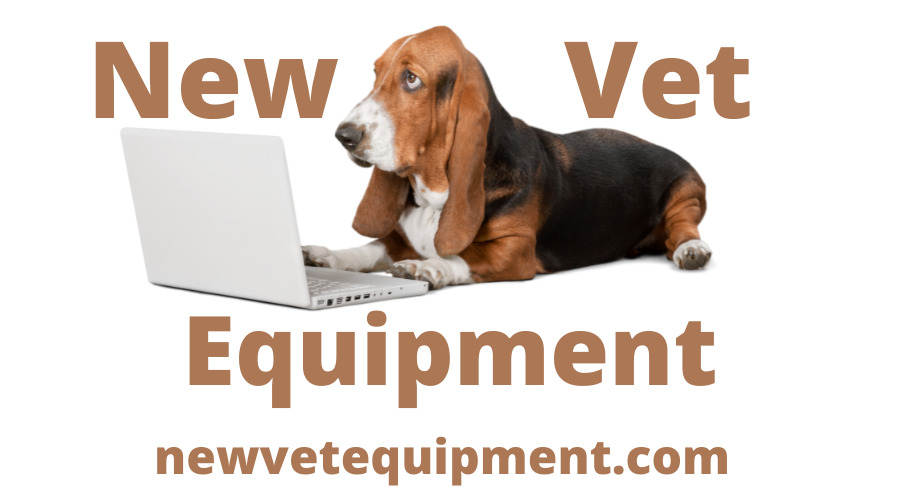Three Best Practices for Increasing Revenue Using Your Veterinary Diagnostic Tools
Investing in diagnostic technology is one of the most impactful steps a veterinary practice can take; however, the real value lies in how these tools are utilized daily.
Whether you’re opening a new hospital or looking to maximize the tools you already have, understanding how to get the most out of your diagnostic tools ensures you’re delivering the best possible care to your patients—and building trust with clients.
Let’s explore three practical ways to use these tools more effectively in your daily workflow and boost your hospital’s revenue.
1. Incorporate IOP Checks into Wellness Visits Using the TonoVet Tonometer
One of the best ways to catch early signs of ocular disease is to make intraocular pressure (IOP) measurement a routine part of senior pet exams, not just ophthalmic referrals.
Take this example…
A 9-year-old Golden Retriever named Joey comes in for a wellness check. Joey’s owner mentions he's “been bumping into things at night.” Using the TonoVet Plus Tonometer, your tech quickly identifies asymmetrical pressure between the eyes, prompting further investigation. You might have missed the early warning signs without that quick, painless IOP check.
Best Practice: Train your team to use the TonoVet Plus confidently during routine exams, especially for high-risk breeds or geriatric pets. Its rebound tonometry design requires no topical anesthetic, making it ideal for a fast and low-stress assessment.
2. Optimize Positioning and Minimize Retakes with Digital X-Ray
Digital radiography is one of the most powerful tools in your diagnostic arsenal—but only if your images are clear and accurate the first time.
Poor positioning not only wastes time but also increases unnecessary radiation exposure for staff and stress for the patient.
Imagine Casey, a limping Labrador, comes in after a suspected car accident.
A well-positioned lateral pelvic X-ray gives you immediate insight into a subtle acetabular fracture—no retakes, no delays.
Best Practice: Integrate digital radiography into your initial exam protocols for acute and chronic cases, not just emergencies.
For example, a senior dog with intermittent lameness may not seem urgent, but early imaging can uncover osteoarthritis or early neoplastic changes before they become advanced.
Making digital X-rays part of routine workups, especially for geriatrics, trauma, or unexplained symptoms, allows you to detect issues sooner and provide more accurate prognoses.
3. Treat What You Can’t See with Dental X-Ray
Dental disease certainly isn’t rare, yet it’s one of the most underdiagnosed conditions because so much of it is hidden below the gumline.
Dental x-rays provide a comprehensive view, enabling you to detect painful pathology that a visual exam alone might miss.
Take, for example, a seemingly healthy 7-year-old cat that presents for a routine dental cleaning…
Everything looks fine—until your dental X-ray reveals resorptive lesions on multiple premolars. With this insight, you can develop a complete treatment plan and address the issue early.
Best Practice: Make dental radiographs a standard protocol before and after extractions. Schedule time for imaging in your dental practice and help clients understand the value of seeing what lies beneath. This not only enhances patient care but also underscores the importance of preventive dentistry.
Diagnostics Are Only as Good as How You Use Them
These tools enable you to make faster and more accurate diagnoses in fields ranging from ophthalmology to orthopedics to oral health. But integrating them thoughtfully into your workflow truly elevates care.
Whether it’s empowering technicians to perform routine IOP checks, refining your radiographic technique, or committing to full-mouth dental imaging, these best practices will help your team maximize the impact of your equipment, increase revenue, and achieve more promising outcomes for your patients.
Are you looking to upgrade or expand your diagnostics? Explore our reliable, practice-ready solutions, which support outstanding veterinary care from day one!



